- Home
- Articles
- Architectural Portfolio
- Architectral Presentation
- Inspirational Stories
- Architecture News
- Visualization
- BIM Industry
- Facade Design
- Parametric Design
- Career
- Landscape Architecture
- Construction
- Artificial Intelligence
- Sketching
- Design Softwares
- Diagrams
- Writing
- Architectural Tips
- Sustainability
- Courses
- Concept
- Technology
- History & Heritage
- Future of Architecture
- Guides & How-To
- Art & Culture
- Projects
- Interior Design
- Competitions
- Jobs
- Store
- Tools
- More
- Home
- Articles
- Architectural Portfolio
- Architectral Presentation
- Inspirational Stories
- Architecture News
- Visualization
- BIM Industry
- Facade Design
- Parametric Design
- Career
- Landscape Architecture
- Construction
- Artificial Intelligence
- Sketching
- Design Softwares
- Diagrams
- Writing
- Architectural Tips
- Sustainability
- Courses
- Concept
- Technology
- History & Heritage
- Future of Architecture
- Guides & How-To
- Art & Culture
- Projects
- Interior Design
- Competitions
- Jobs
- Store
- Tools
- More
How to Create an Effective Architectural Presentation

As an architect, how you present your work is just as important as the work itself. Whether you’re pitching to clients, explaining a concept to a community, or defending your project to a jury, your ability to communicate ideas clearly and persuasively can make all the difference. A strong architectural presentation not only showcases your design but also tells the story behind it—revealing your process, your thinking, and the problems you’ve solved.
This guide outlines essential strategies to help you craft impactful architectural presentations that connect with your audience and leave a lasting impression.

Table of Contents
Toggle1. Set a Clear Objective
Before designing a single slide or printing a single board, take a moment to define your core purpose.
-
What message do you want to deliver?
-
Who are you speaking to?
-
What action or reaction do you hope to provoke?
A presentation for clients will differ from one intended for a design competition or academic review. Clarifying your objective ensures your content remains focused and relevant from beginning to end.

2. Understand Your Audience
Tailor your presentation to the people in front of you. A room full of architects will expect technical details and terminology. A panel of community members may value simplicity and emotional resonance.
Adjust your tone, language, and visual content to meet their level of expertise and interest. Avoid jargon when speaking to non-technical audiences, and instead use relatable explanations. Conversely, don’t oversimplify when addressing professionals—give them the depth they expect.
3. Structure with Purpose
A well-organized presentation flows logically and guides your audience through your thinking step by step. Use a basic but effective framework:
-
Introduction: Set the scene. Outline the project’s context, your goals, and what the audience can expect.
-
Main Content: Present your concept, development process, and final design. Break this into manageable sections (site, form, program, materiality, etc.).
-
Conclusion: Summarize your key takeaways and reinforce your core message.
Keep transitions clear, and don’t overload each section—space is just as important in storytelling as it is in design.
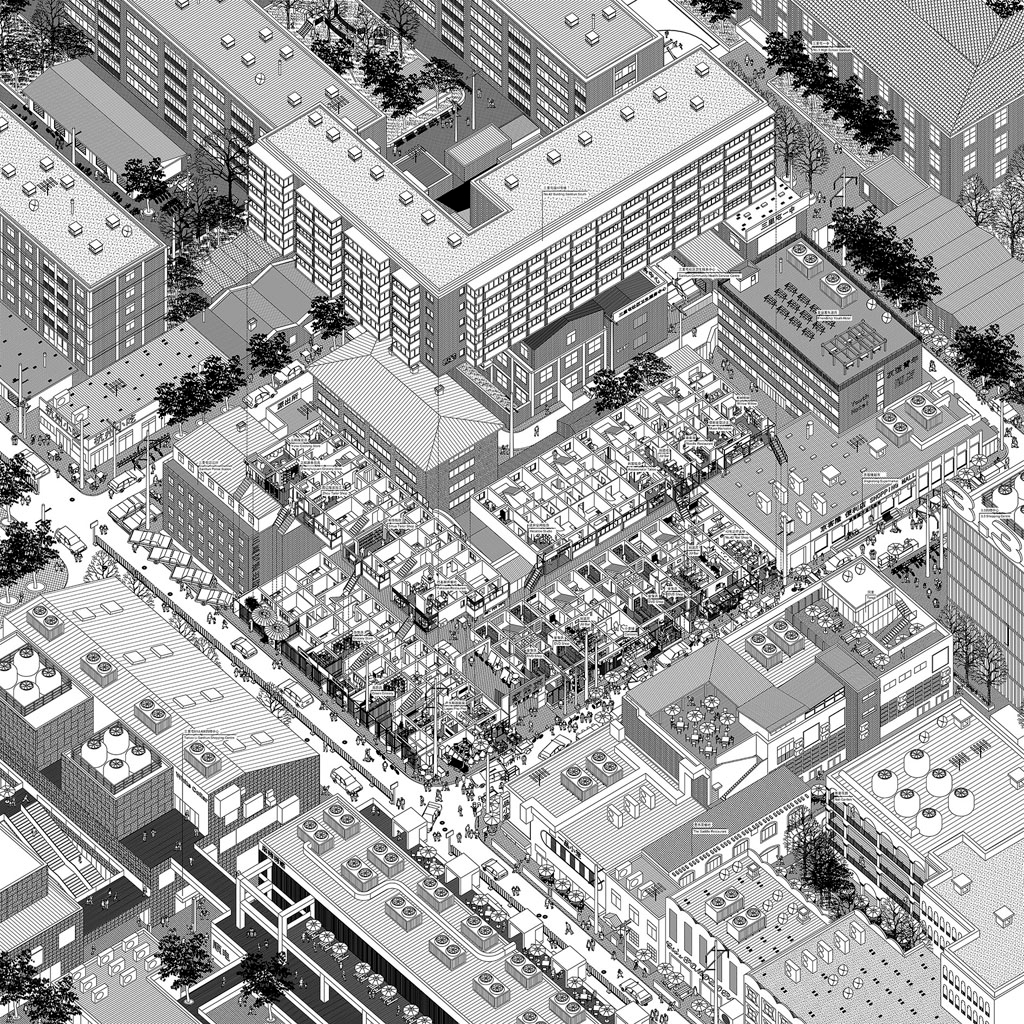
. Use Visual Aids Strategically
In architecture, visuals are your primary language. The right images can convey far more than paragraphs of text. Here are several types of visual aids to consider:
Images & Renderings
Use high-resolution renderings and photographs to communicate materiality, atmosphere, and spatial quality. These can set the mood and help the audience visualize the final experience.
Sketches & Hand Drawings
Including hand-drawn sketches adds personality and immediacy to your presentation. They reflect your thought process and give a sense of authenticity.
Diagrams
Great for illustrating relationships, functions, circulation, or environmental strategies. Keep them simple and color-coded for clarity.
3D Models & VR
Physical or digital models help communicate scale and massing. For immersive experiences, VR or AR can allow the audience to “enter” your design virtually.
Videos & Animations
Use short walkthroughs or animated sequences to show time-based elements like lighting changes, movement patterns, or design evolution.
Tip: Maintain a consistent visual language—align fonts, color palettes, and graphic styles to create a professional and cohesive presentation.

5. Storytelling Matters
Behind every design is a story. The most memorable presentations go beyond explaining “what” and dive into the “why.”
Use storytelling techniques to draw your audience in:
-
Describe the challenges you faced.
-
Share your design journey—how ideas evolved and decisions were made.
-
Emphasize the user experience—what it feels like to be in the space.
Stories build emotional connections, and emotional connections make ideas memorable.
6. Practice, Rehearse, Refine
Preparation is key to a smooth delivery. Rehearse your presentation several times:
-
Time yourself to stay within limits.
-
Test your visuals on the actual display format (screen, board, projector).
-
Practice in front of a peer and ask for feedback.
Anticipate potential questions and prepare responses. Knowing your material deeply will make you more confident and adaptable during Q&A sessions.

7. Be Present, Be Engaging
Your delivery is just as important as your slides. Speak clearly and at a steady pace. Make eye contact with your audience and use natural gestures. Show enthusiasm for your design—passion is contagious.
Engage your audience by:
-
Asking questions
-
Pausing to invite comments
-
Using real-life examples
Remember: a confident presenter inspires confidence in the work being presented.
8. Design Custom Visual Aids
Make your presentation unique by creating visual content that reflects your individual style. This could include:
-
Hand-drawn concept collages
-
Mixed-media boards combining photos, textures, and diagrams
-
Storyboard sequences that walk through a typical user’s experience
Personal touches not only stand out visually, but also convey care and intentionality in your design process.
An effective architectural presentation blends clarity, creativity, and strategy. It’s not just about showing beautiful drawings—it’s about revealing the intellect and intention behind them. By preparing thoughtfully, tailoring your content to your audience, and embracing storytelling and visual communication, you can elevate your presentations from informative to unforgettable.
Every presentation is a chance to reinforce your identity as a designer, demonstrate your values, and share your unique way of seeing the world.
Submit your architectural projects
Follow these steps for submission your project. Submission FormLatest Posts
Understanding Site Safety Footwear in Architectural Practice
Architecture is often discussed through drawings, models, and finished buildings, yet a...
General Arrangement Drawings in Architecture: The Backbone of Clear Design Communication
General Arrangement Drawings explained: what they are, when to use them, how...
The Ultimate Guide to Fencing in North Dakota: Choosing the Best Fence for Your Property
Watching a chain link fence twist in 70 mph winds near Minot...
Gaudí: Where Architecture Meets Science
Gaudí: Where Architecture Meets Science shows catenary arches, ruled surfaces, and biomimicry...



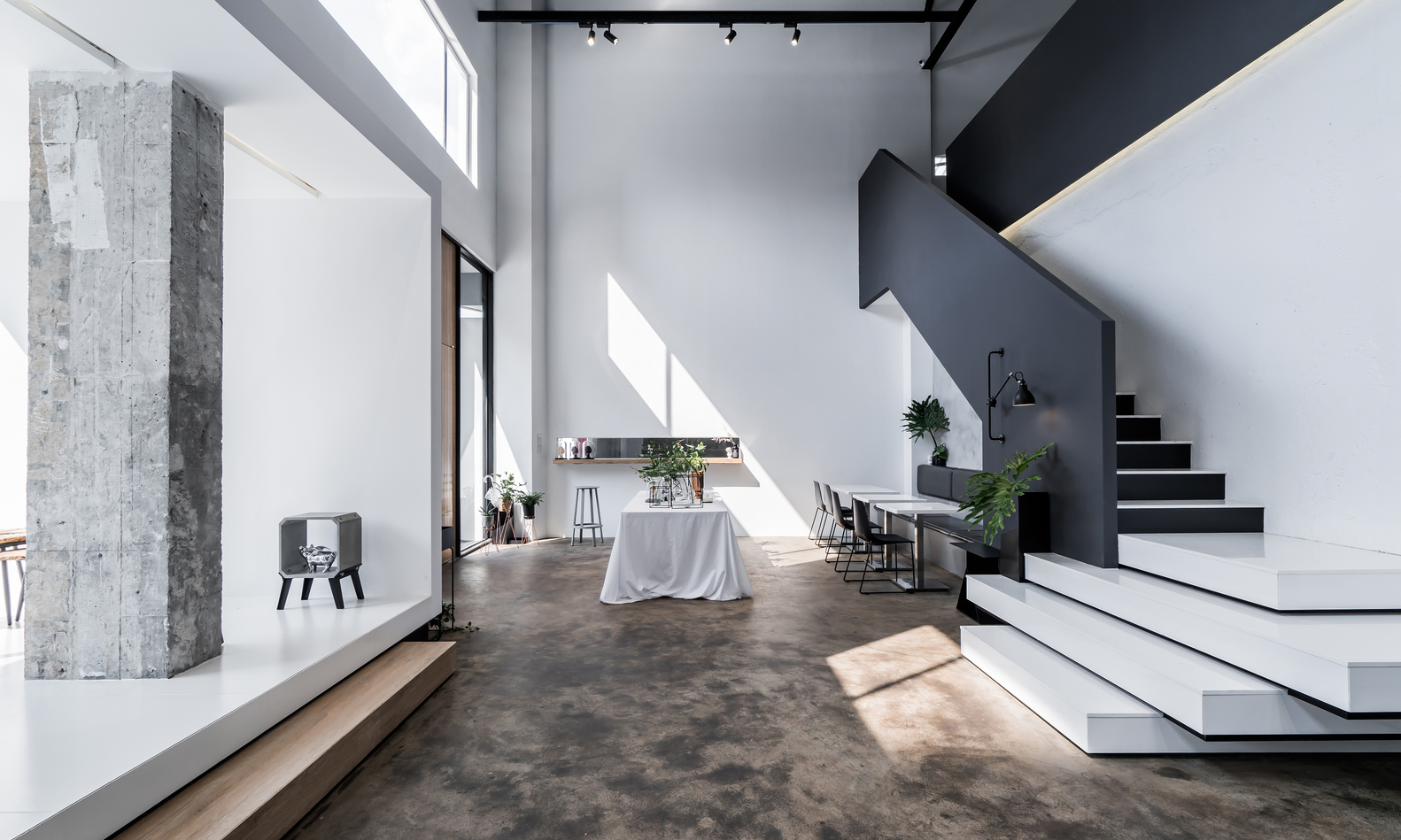
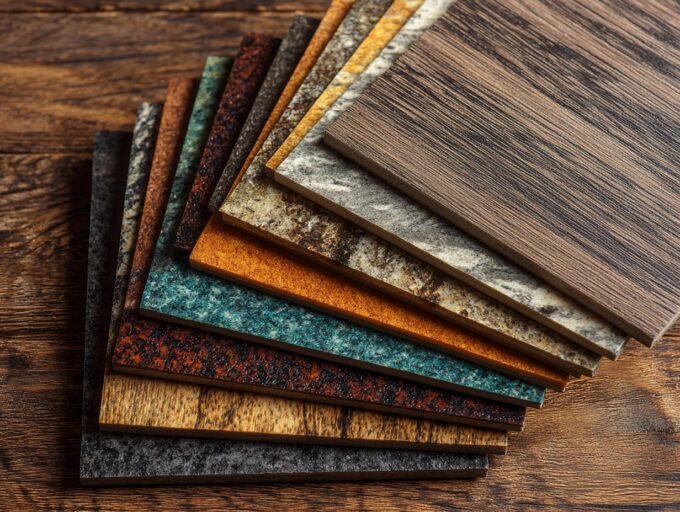



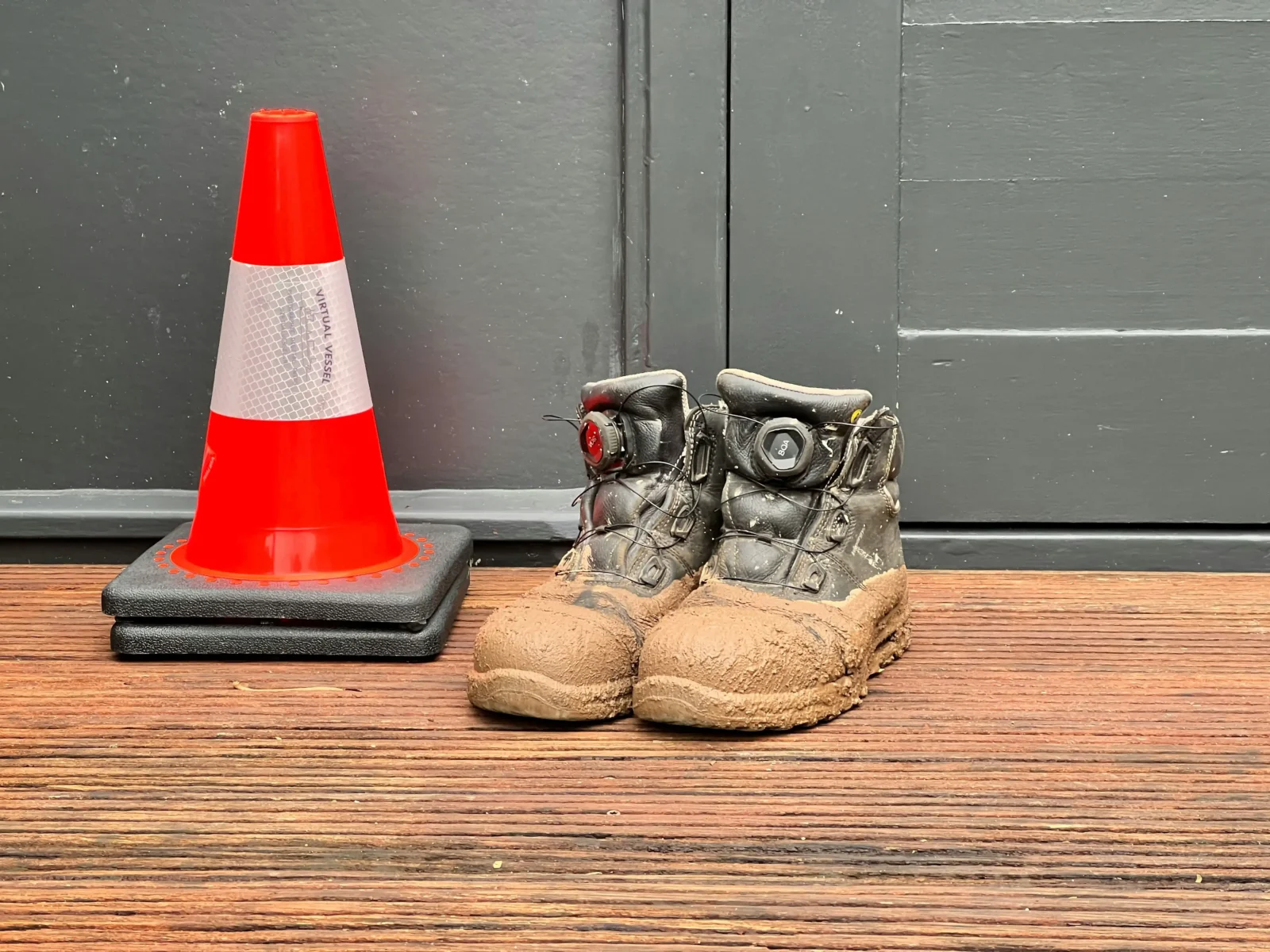
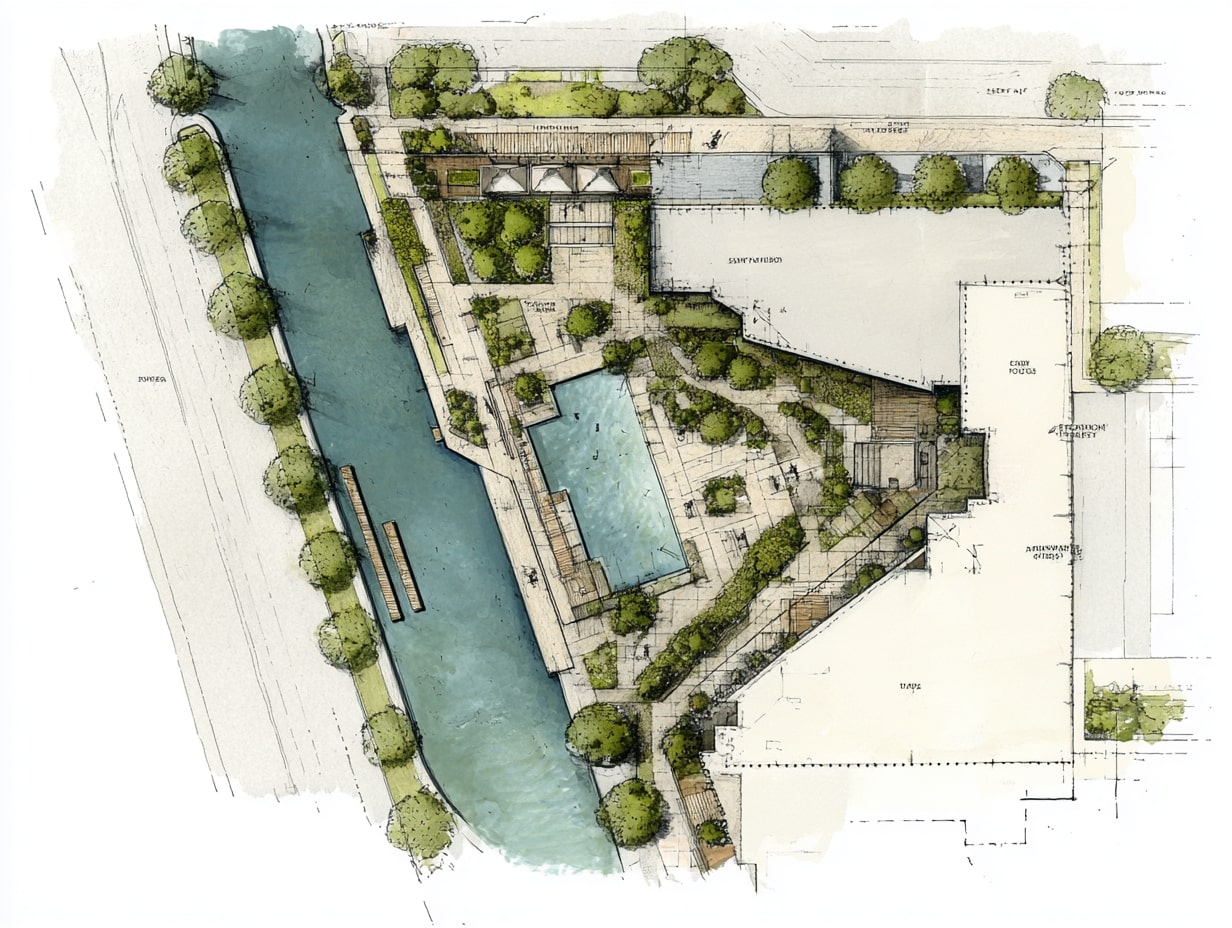


Leave a comment